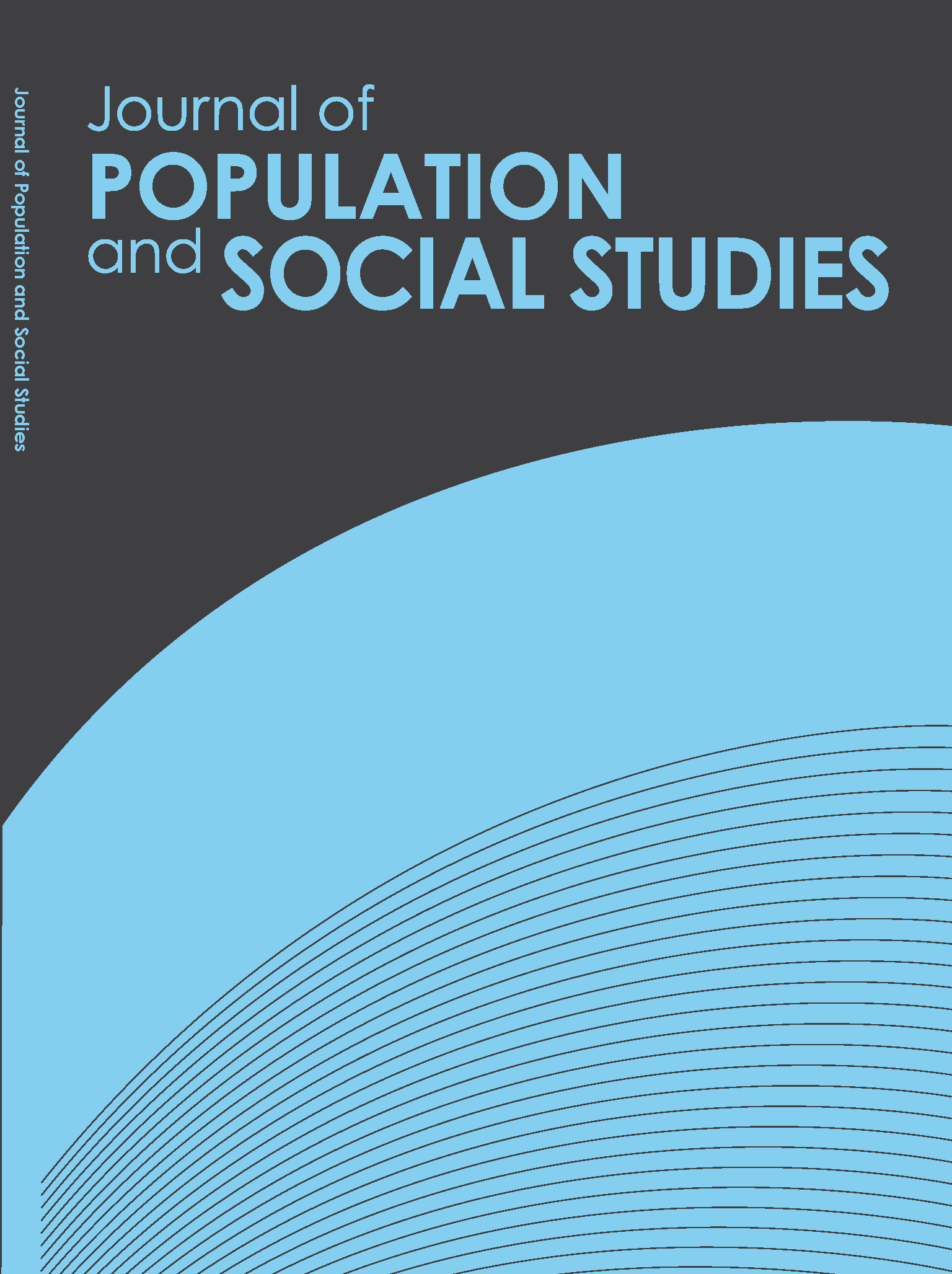Prevalence and Risk Factors for Hypertension: Evidence from Non-communicable Disease Screening Project in Nan Province, Thailand
Main Article Content
Abstract
Hypertension is one of the most important public health problems in
Thailand. It is a multifactorial disease, due to a combination of genetic, environmental and lifestyle factors. This study measured the prevalence of hypertension, and investigated the relationships between risk factors and hypertension morbidity among people aged 40 years and over in Nan Province. The data used in this study were collected in 2004 by a non-communicable disease screening project. The sample consisted of 4,322 persons. Hypertension morbidity was defined as having systolic
blood pressure ≥ 140 mmHg and diastolic blood pressure ≥ 90 mmHg. Data were analyzed by using descriptive statistics with cross tabulation and binary logistic regression. Results revealed that the prevalence of hypertension morbidity was 18.3 %, and was higher in males than females and in persons aged over 60 years compared to persons aged 40 – 59 years. Using binary logistic regression, it was found that age, body
mass index, previous high blood pressure and high blood sugar were significant positively associated with hypertension. Health risk behaviors such as excessive sodium intake including salt and seasoning powder, fatty-rich food, alcohol consumption, and stress were positively associated with hypertensive condition, and significant at the 5 % level. These findings suggest that health care providers should be concerned about
health risk behaviors and factors related to hypertension of people in communities. Screening for hypertension in communities and health education and empowerment programs to increase awareness and prevention of hypertension are also needed.
Thailand. It is a multifactorial disease, due to a combination of genetic, environmental and lifestyle factors. This study measured the prevalence of hypertension, and investigated the relationships between risk factors and hypertension morbidity among people aged 40 years and over in Nan Province. The data used in this study were collected in 2004 by a non-communicable disease screening project. The sample consisted of 4,322 persons. Hypertension morbidity was defined as having systolic
blood pressure ≥ 140 mmHg and diastolic blood pressure ≥ 90 mmHg. Data were analyzed by using descriptive statistics with cross tabulation and binary logistic regression. Results revealed that the prevalence of hypertension morbidity was 18.3 %, and was higher in males than females and in persons aged over 60 years compared to persons aged 40 – 59 years. Using binary logistic regression, it was found that age, body
mass index, previous high blood pressure and high blood sugar were significant positively associated with hypertension. Health risk behaviors such as excessive sodium intake including salt and seasoning powder, fatty-rich food, alcohol consumption, and stress were positively associated with hypertensive condition, and significant at the 5 % level. These findings suggest that health care providers should be concerned about
health risk behaviors and factors related to hypertension of people in communities. Screening for hypertension in communities and health education and empowerment programs to increase awareness and prevention of hypertension are also needed.
Article Details
How to Cite
Thanakwang, K., & Soonthorndhada, K. (2007). Prevalence and Risk Factors for Hypertension: Evidence from Non-communicable Disease Screening Project in Nan Province, Thailand. Journal of Population and Social Studies [JPSS], 14(2), 111–132. retrieved from https://so03.tci-thaijo.org/index.php/jpss/article/view/84599
Section
Research Articles


